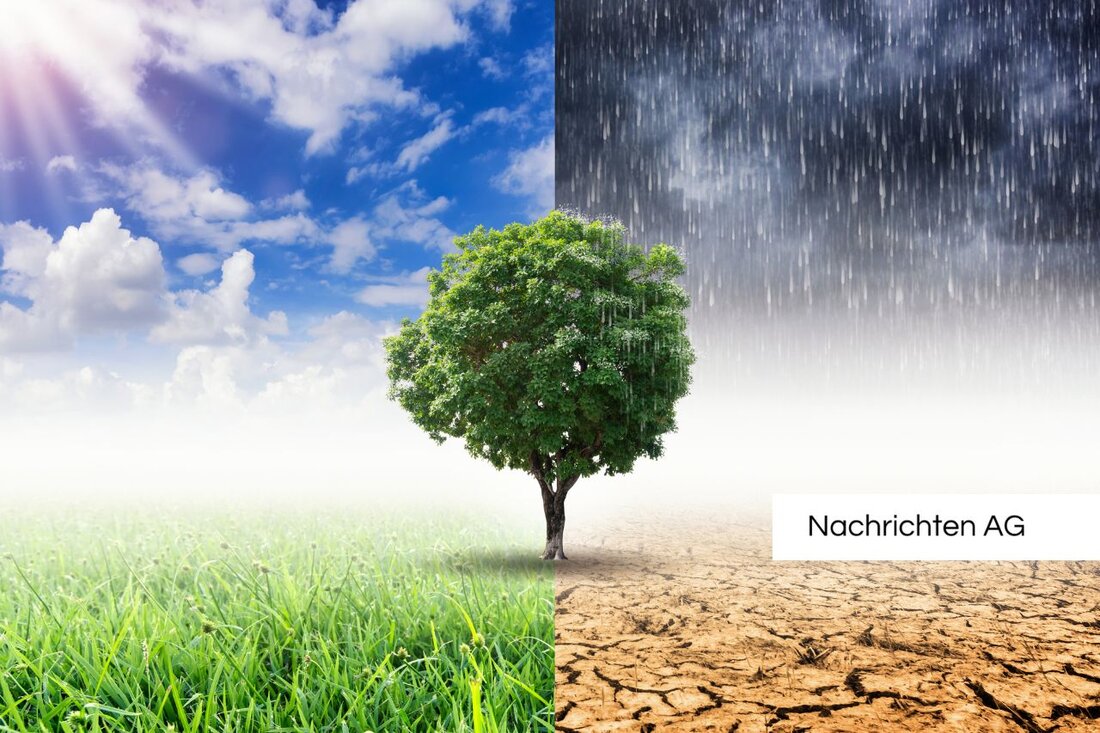Precise measurements in the Vesser Forest: Every drop counts for climate protection!
In Suhl, a measuring station in the Vesser Forest examines forest soil moisture in order to record water balance and temperature.

Precise measurements in the Vesser Forest: Every drop counts for climate protection!
A project is currently being carried out in the picturesque Vesser Forest that remains invisible to many of us, but is of great importance: a scientific measuring station dedicated to the forest floor and temperature. This station, which is located among the beech trees, specializes in studying forest soil moisture. An important player in this project is the Oberhof forestry department manager Jan Pietzko, who benefits from the data collected. In a world increasingly characterized by environmental challenges, this venture could be worth its weight in gold.
But what exactly is being measured here? The rainwater is collected using plastic tubes and collecting containers and is channeled through the canopy of the beech trees. The aim is to find out how much water is absorbed by the leaves of the trees and how much seeps into the ground along the tree trunks. This data is not only important for research, but also provides important information about the care of our forests.
Valuable data for science
The measuring station not only records current water values, but also works with historical weather data that is available from the German Weather Service. This data can be easily downloaded in .zip format. Users should make the appropriate settings in order to receive the valuable information. The ZIP file contains helpful information on data collection as well as information on any missing values.
Access to this data is essential as it is largely quality controlled, while current datasets still need to go through routine quality control. In order to communicate with the data sheets, you can contact the Central Climate and Environment Sales Department in Offenbach at any time.
Research findings guide next steps
In addition to the measurements in the Vesser Forest, the data from the UFZ drought monitor are also of interest. These offer valuable insights into the soil moisture index (SMI) and the water available to plants in Germany. Historical data that goes back to 1950 and covers 2024 not only provides information about the past, but also provides a glimpse into the future.
With graphics and maps that can be used free of charge for research purposes, especially with the note “UFZ Dürremonitor/Helmholtz Center for Environmental Research”, a foundation is created that is important for numerous scientific analyses. This data helps to compare drought periods and to better classify drought intensity over time.
The combination of the measurement data from the Vesser Forest and the historical information from the weather stations could not only improve the care of our forests, but also optimize the use of our natural resources. As the world continues to change, one thing remains clear: knowledge about our environment is invaluable, and the data collected in this context could give us a good hand in the future.

 Suche
Suche
 Mein Konto
Mein Konto